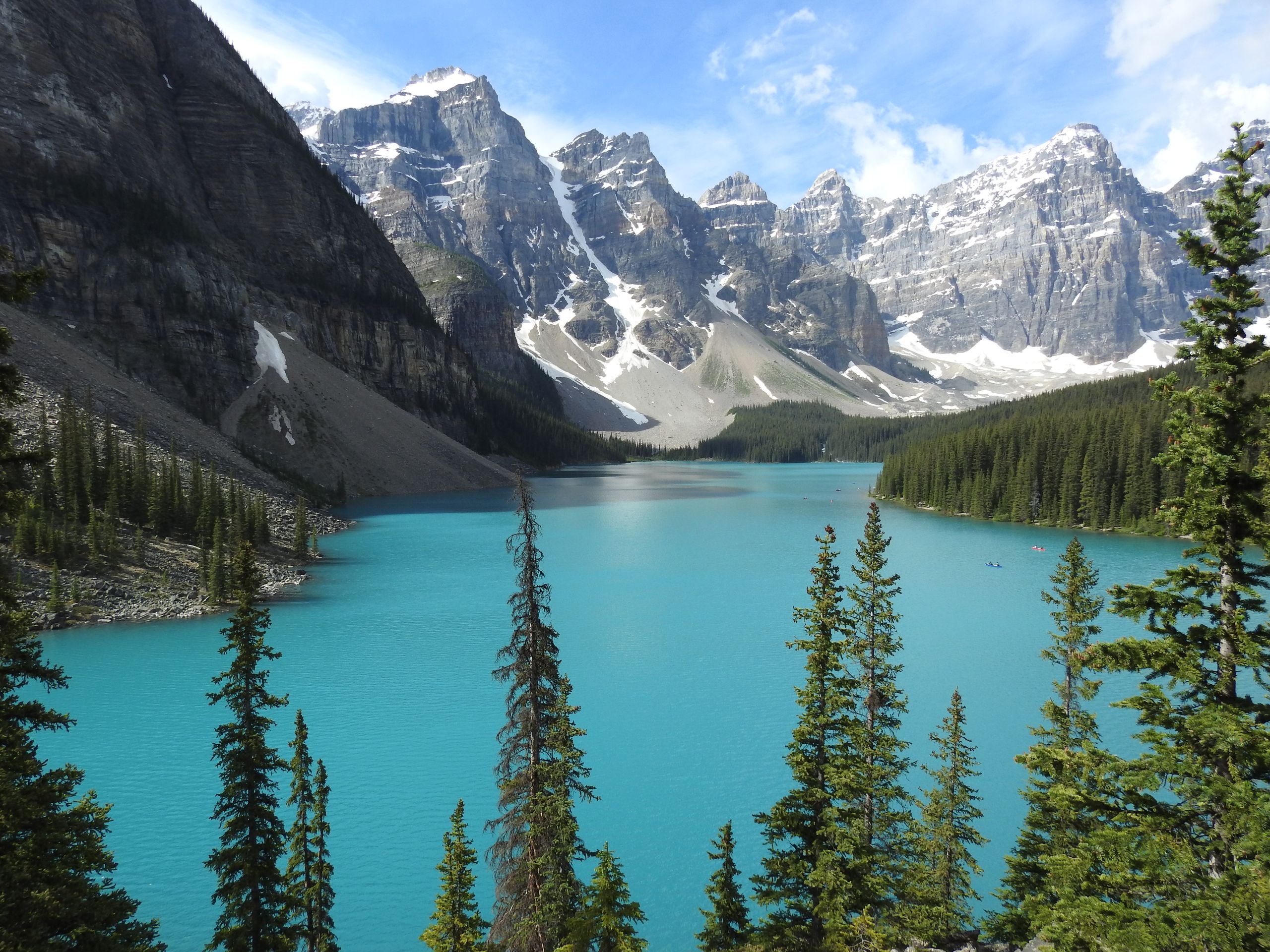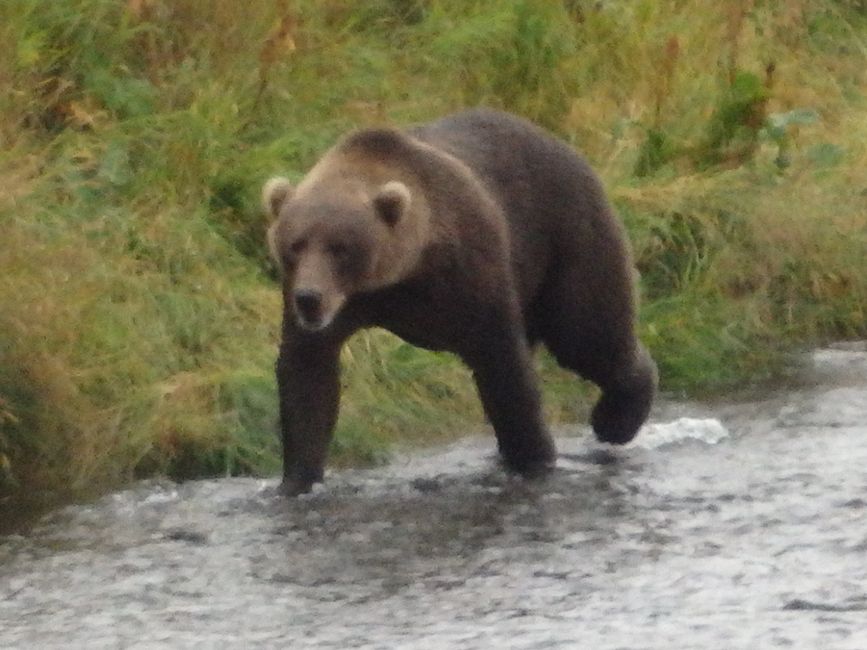BLOG 14 - Dawson City
Опубликовано: 15.08.2022
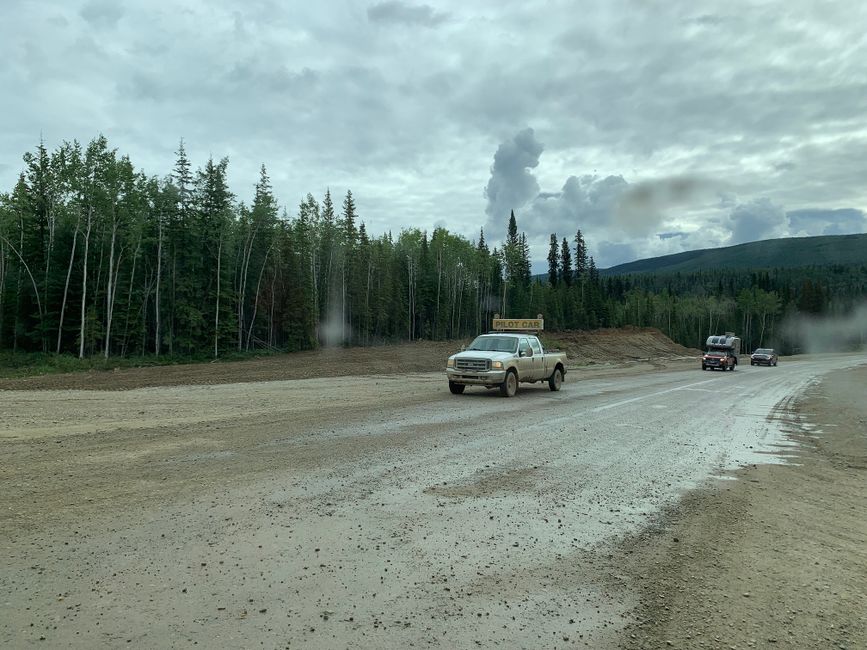
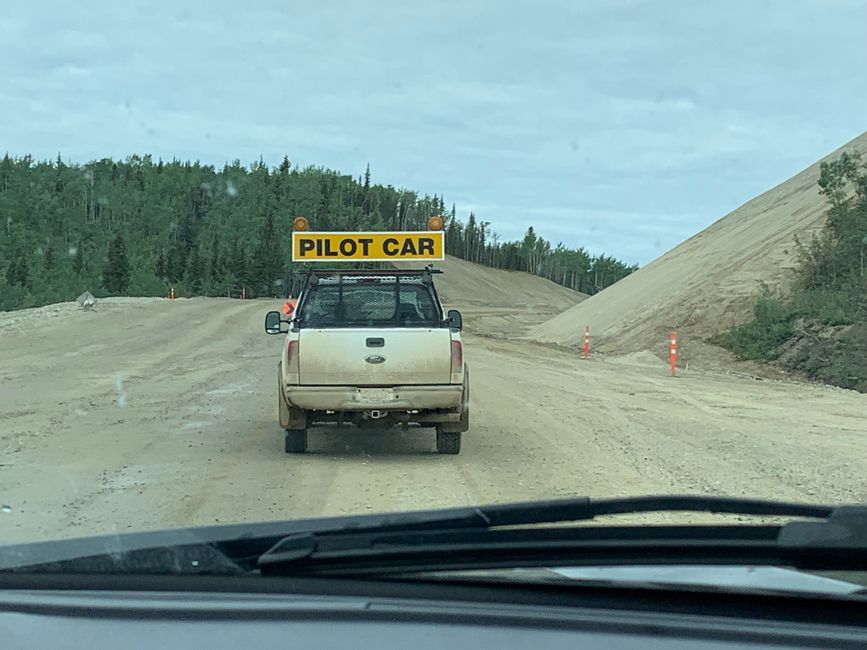
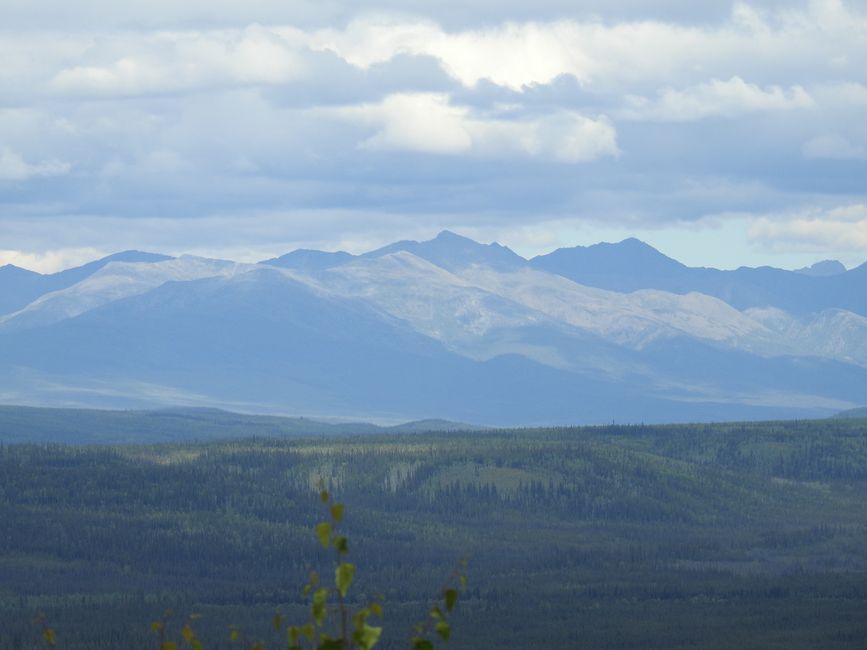
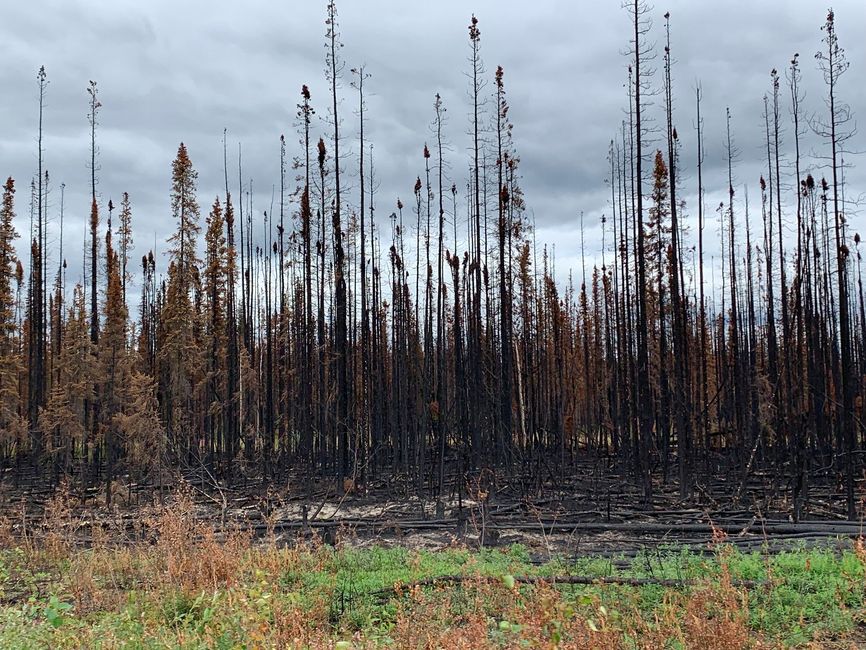
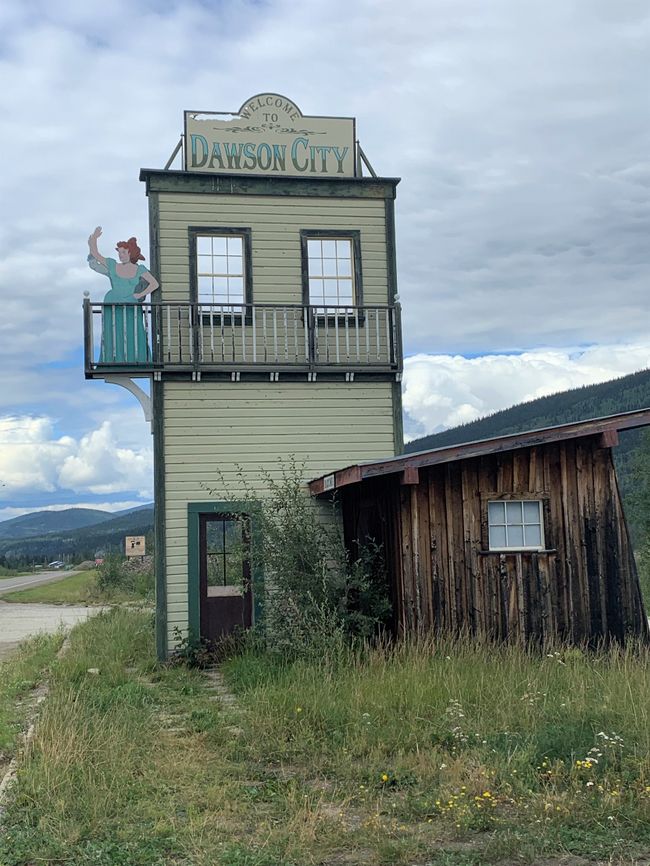
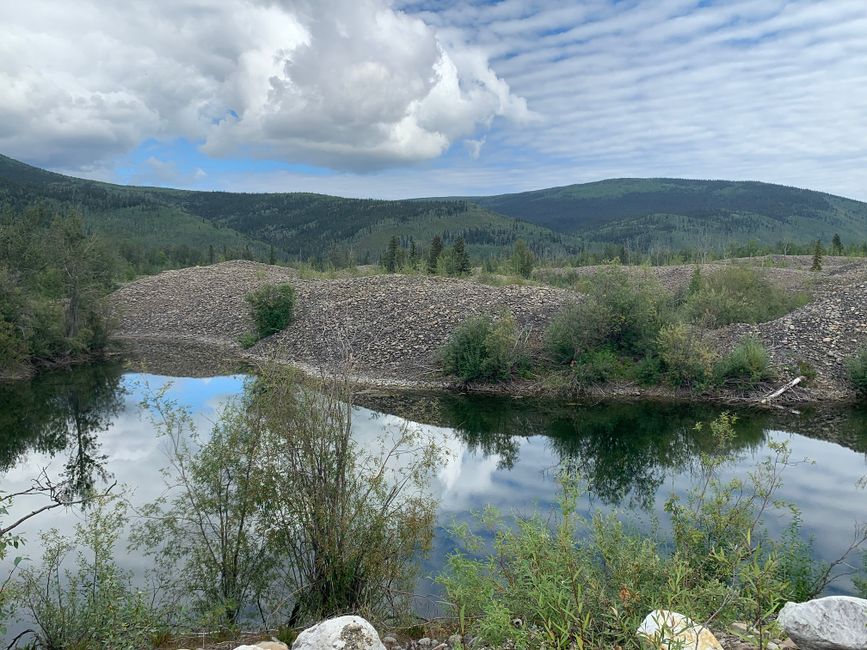
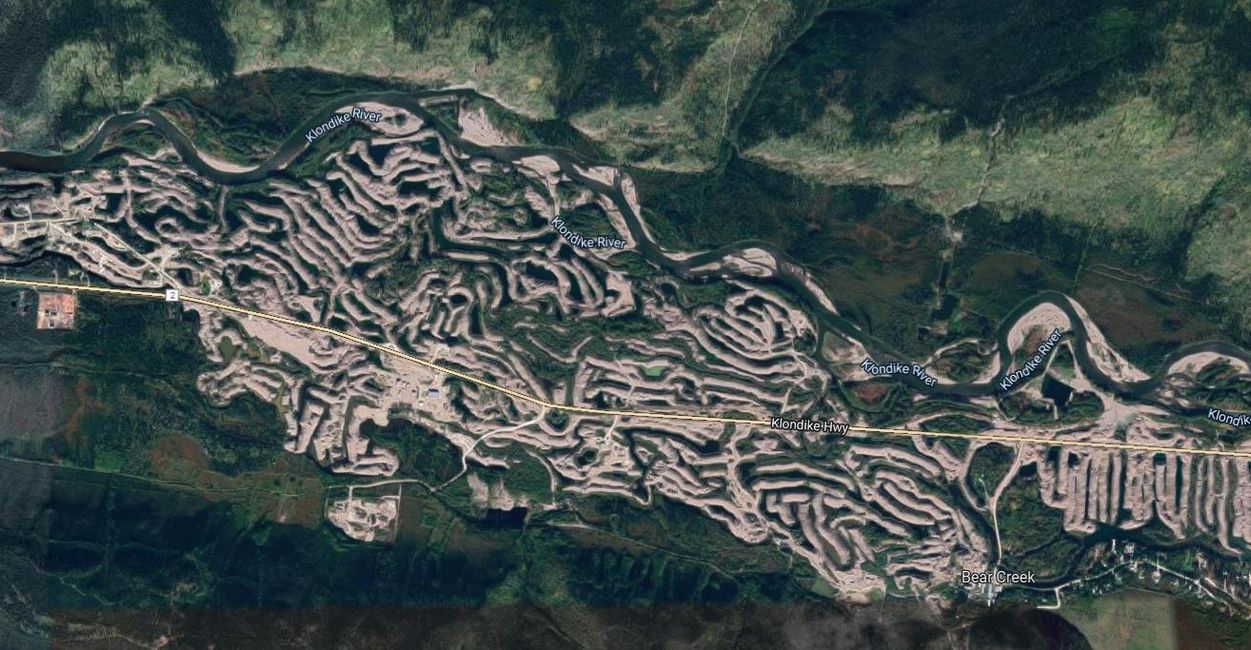
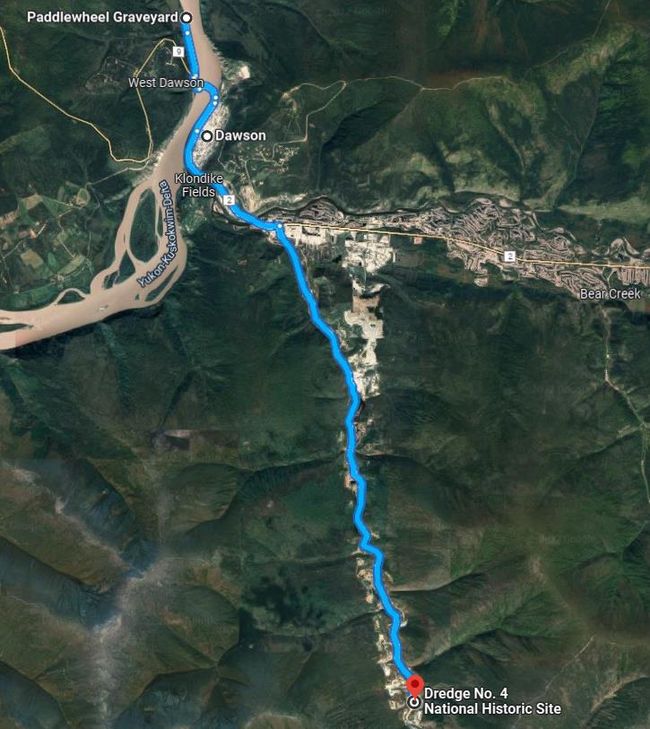
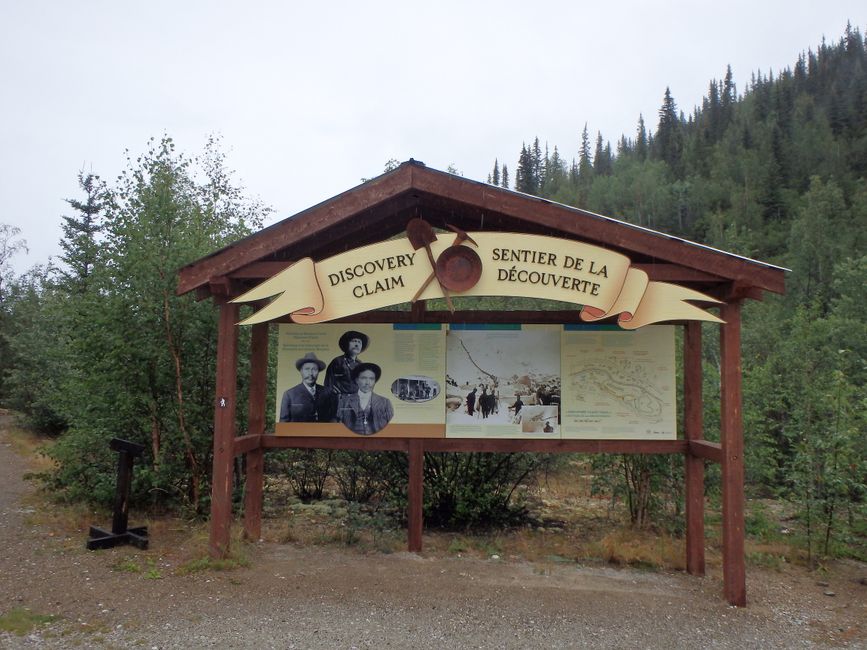
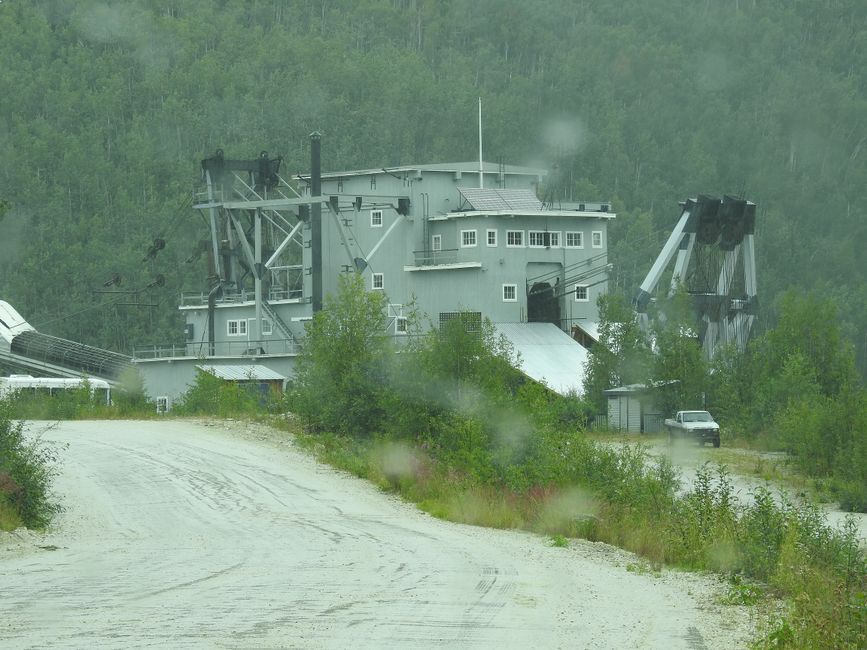
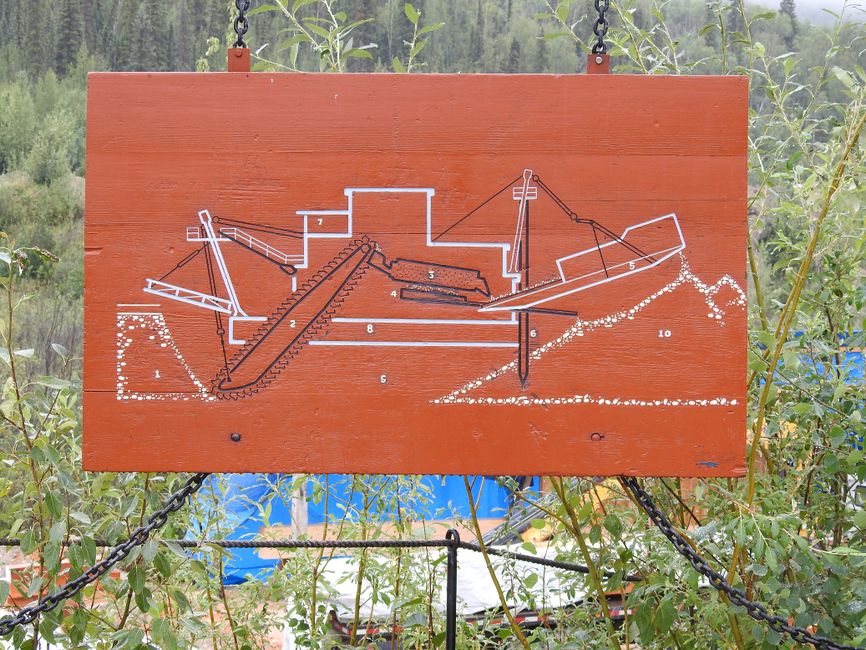

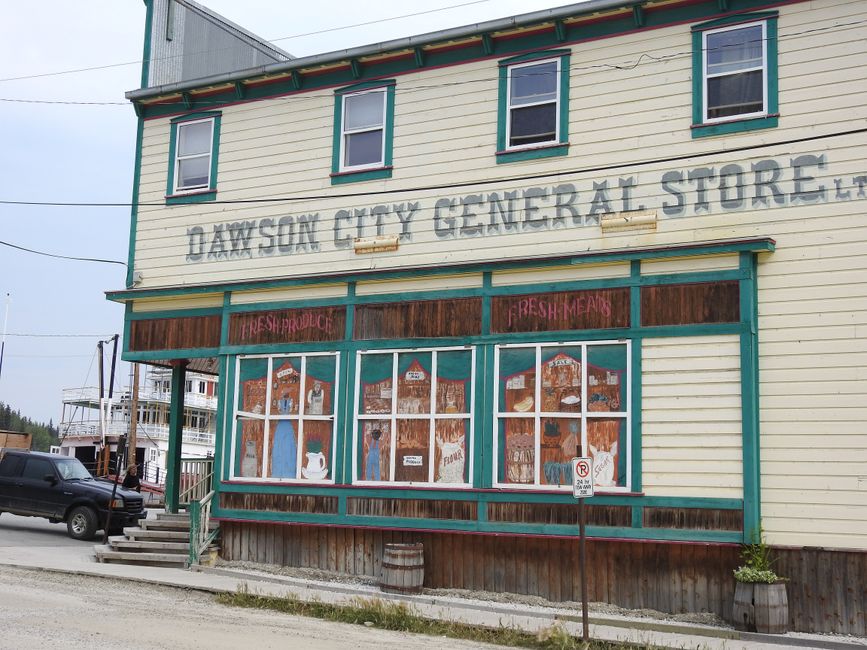
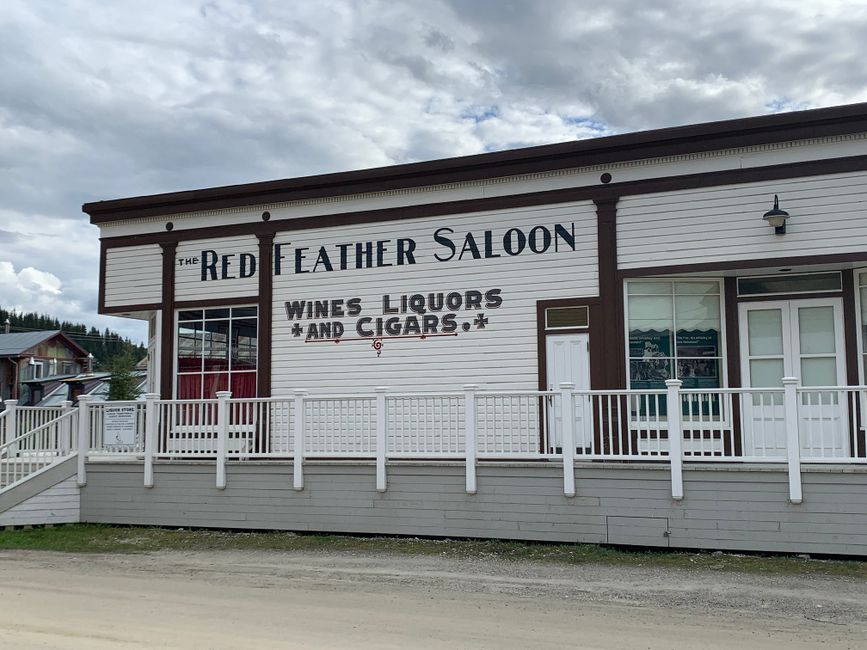
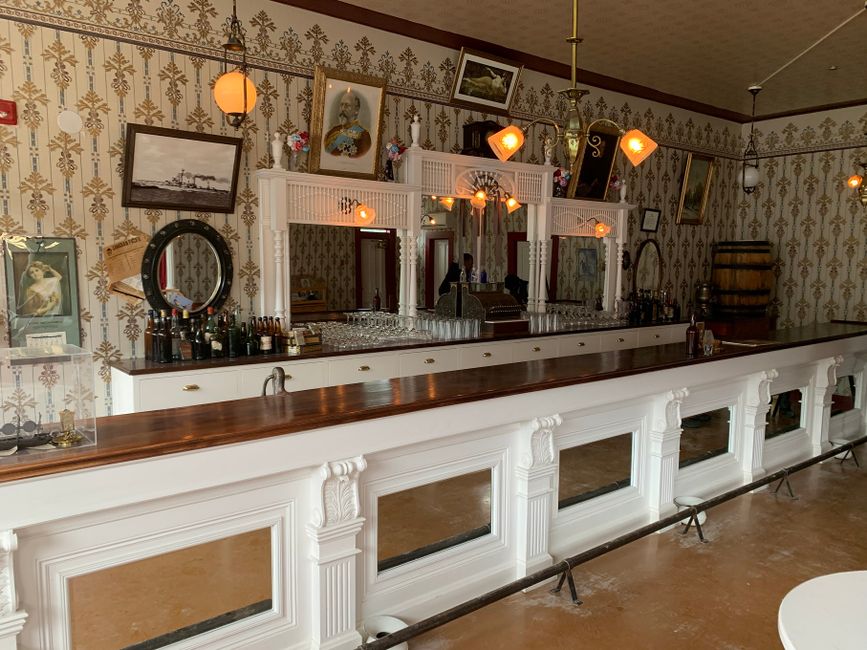
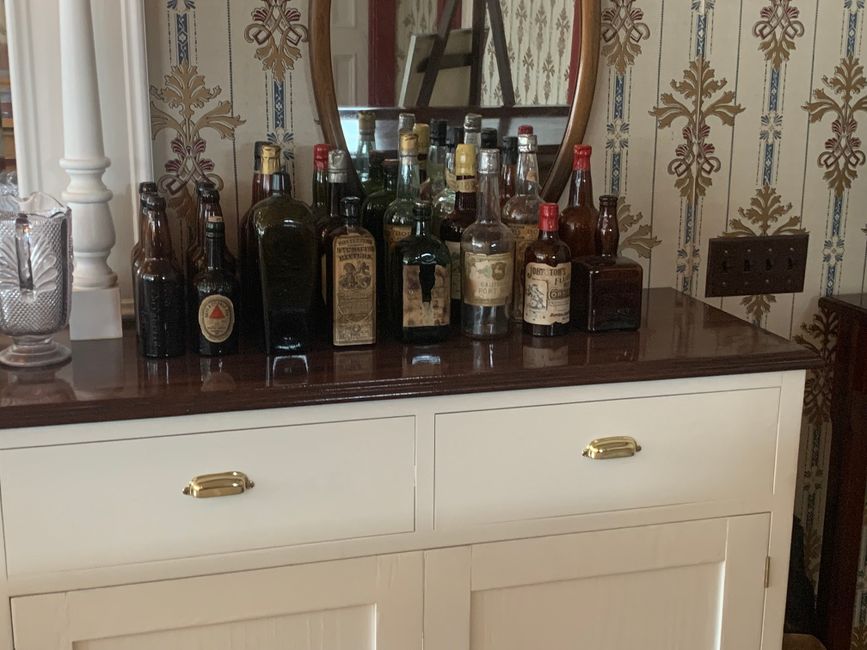
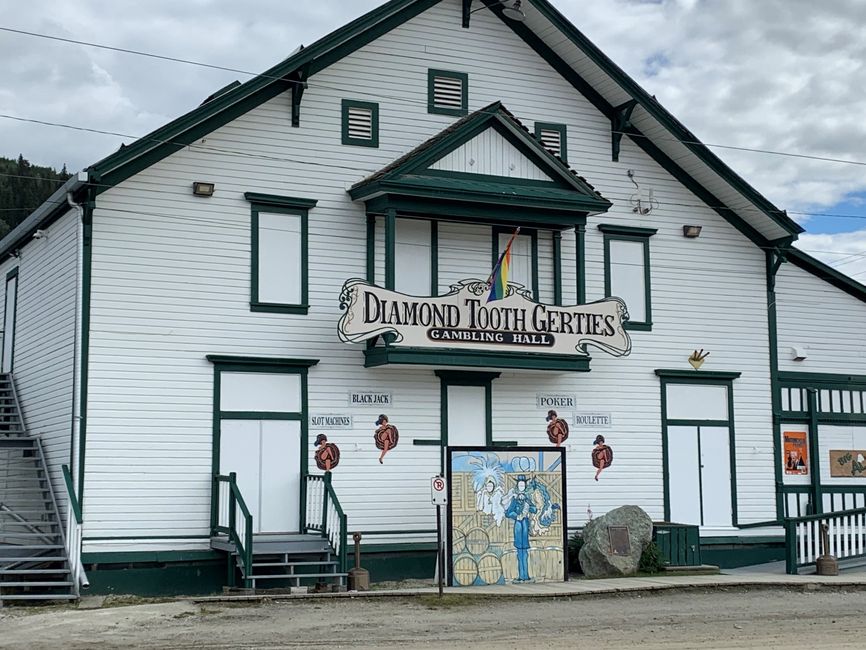
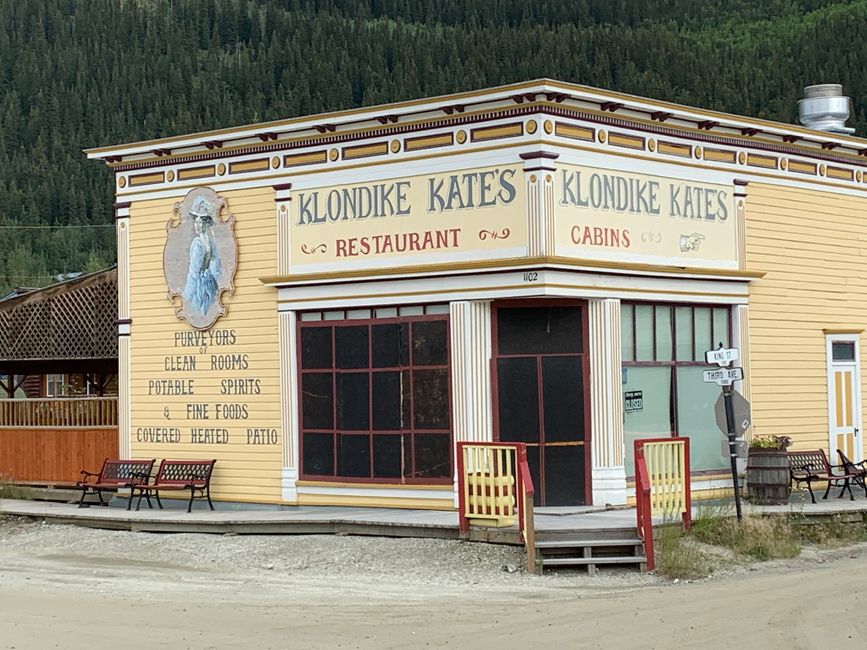
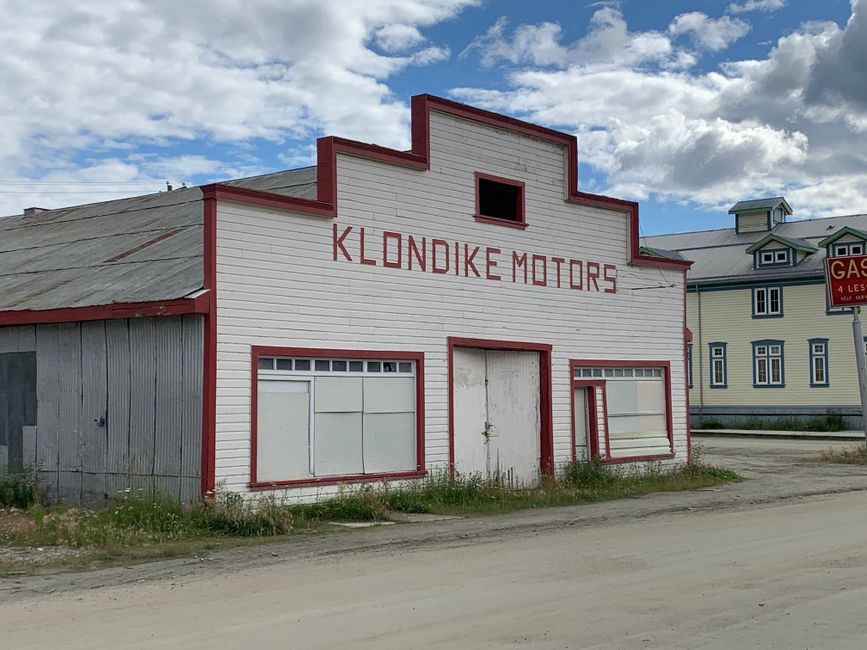
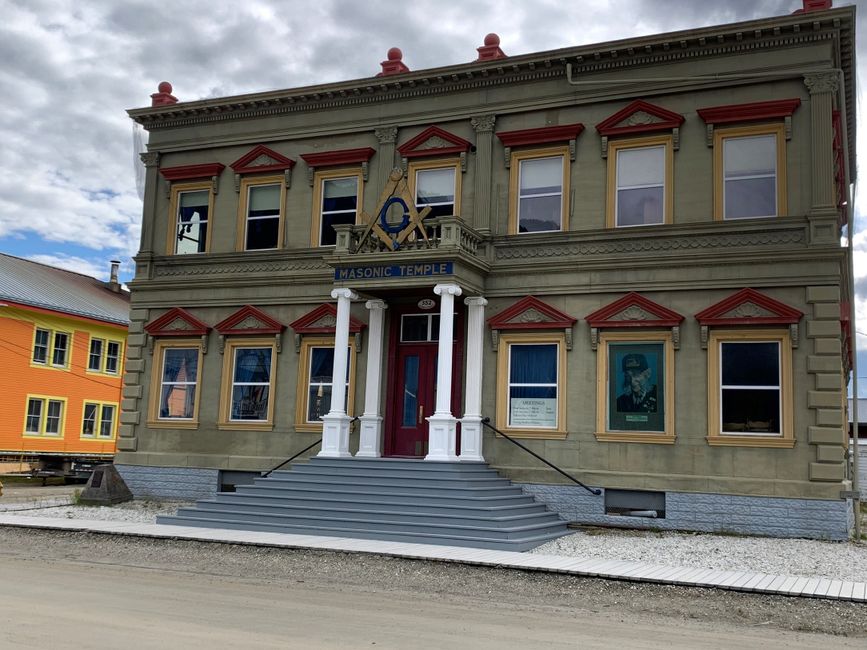
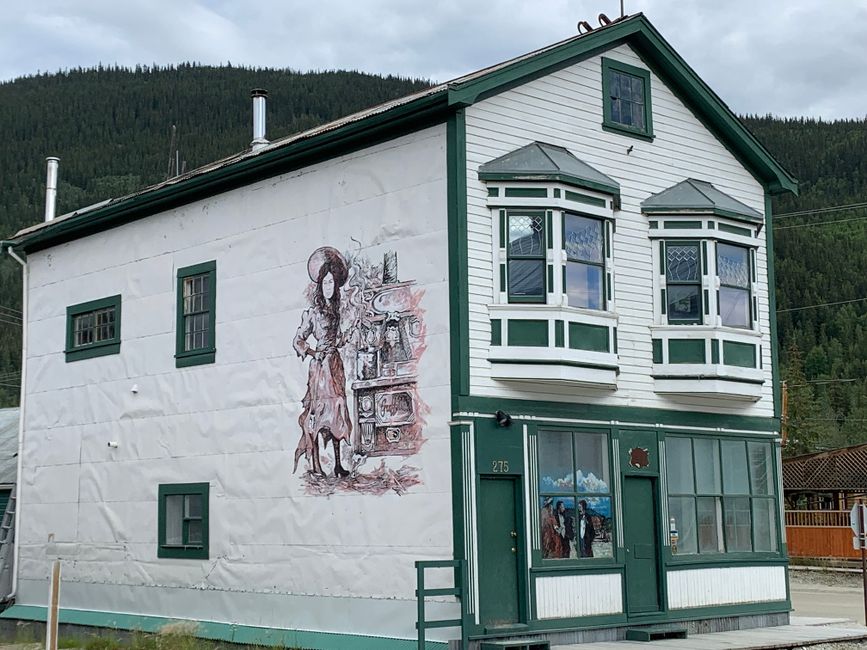
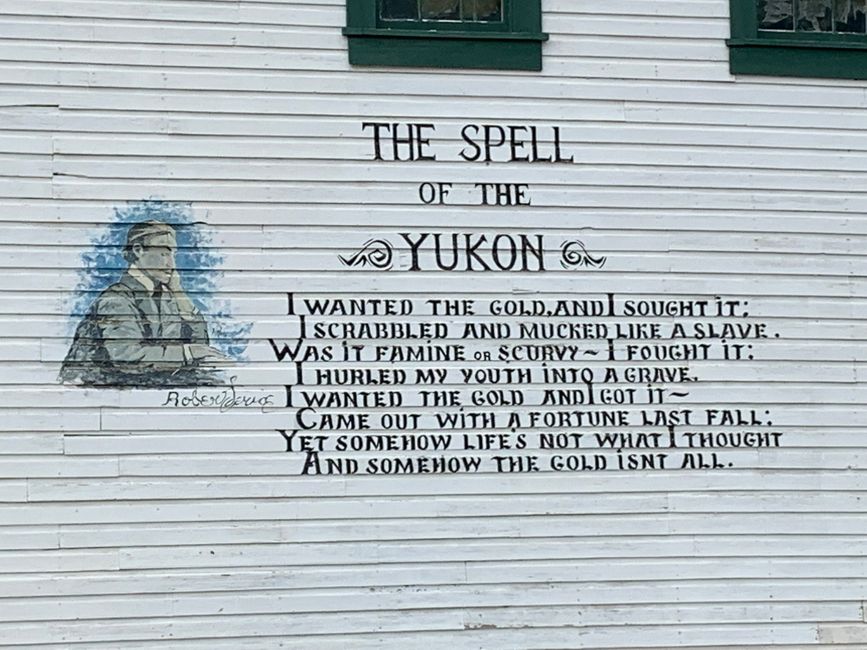
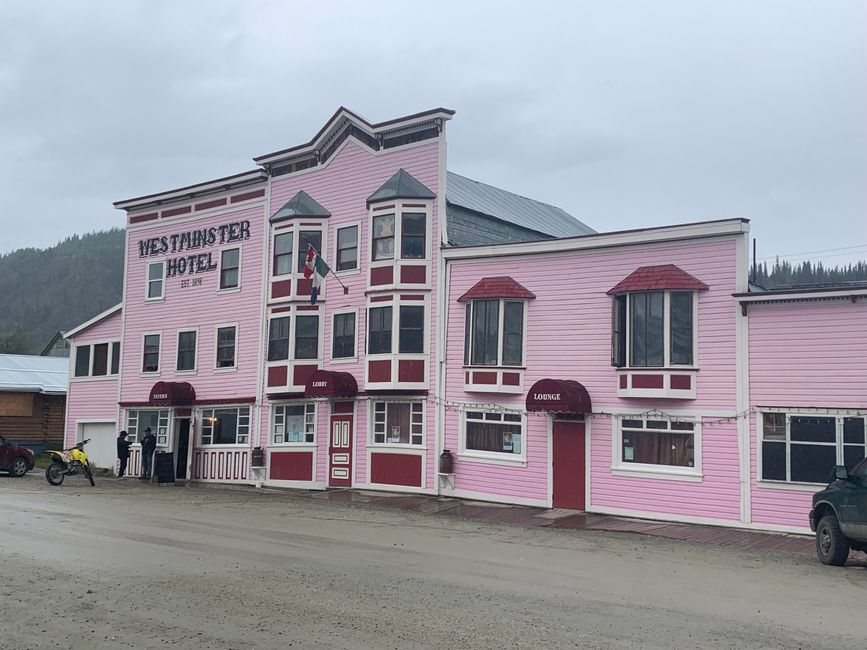
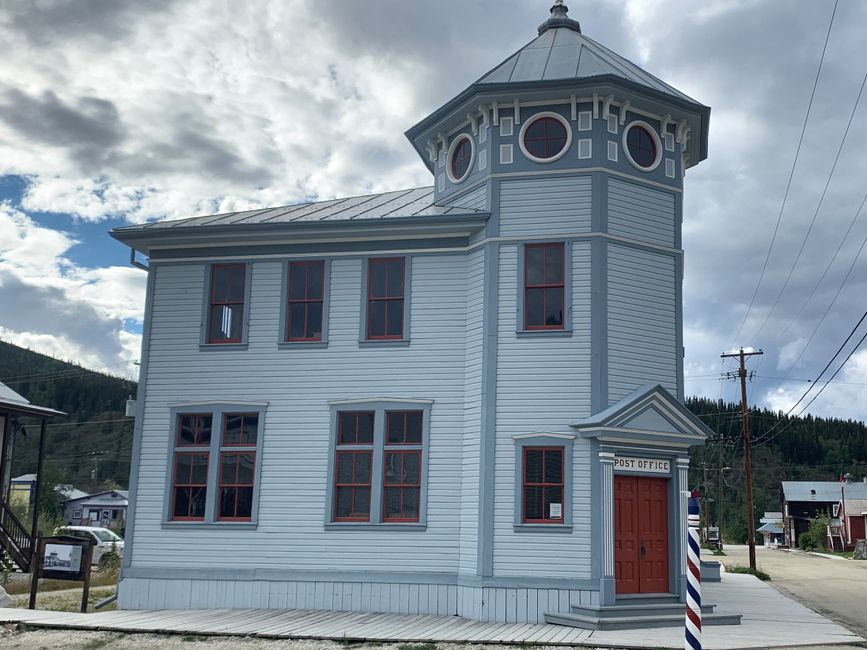
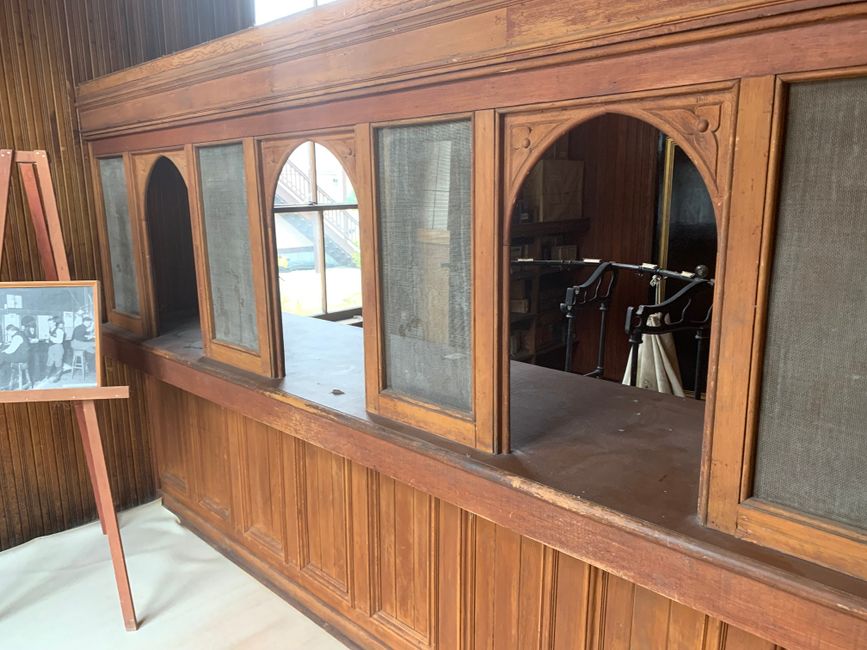
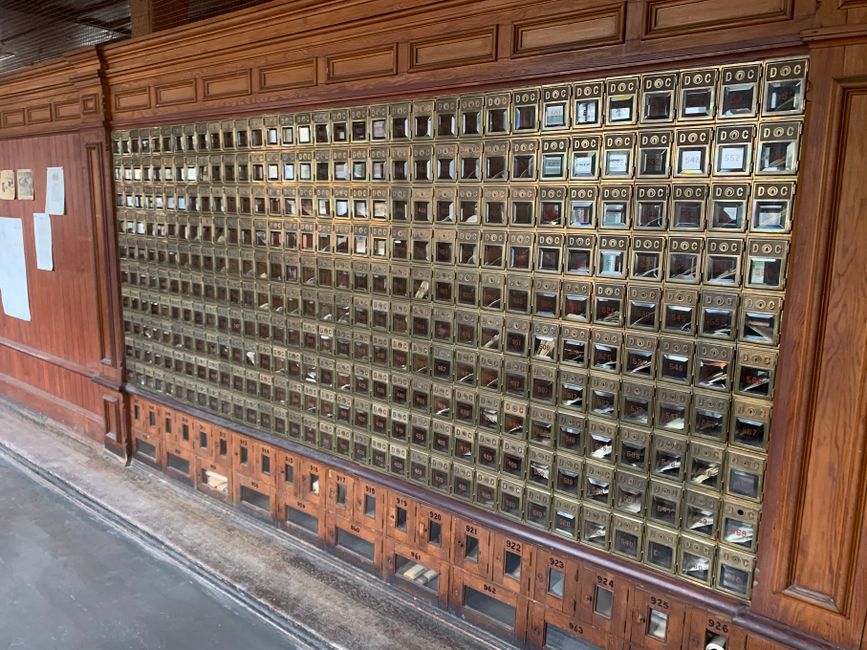
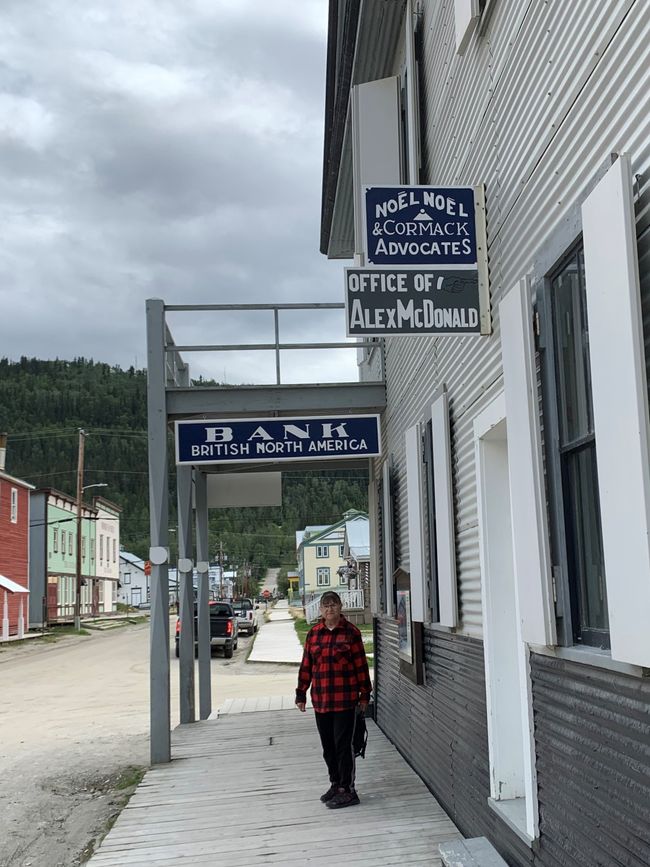
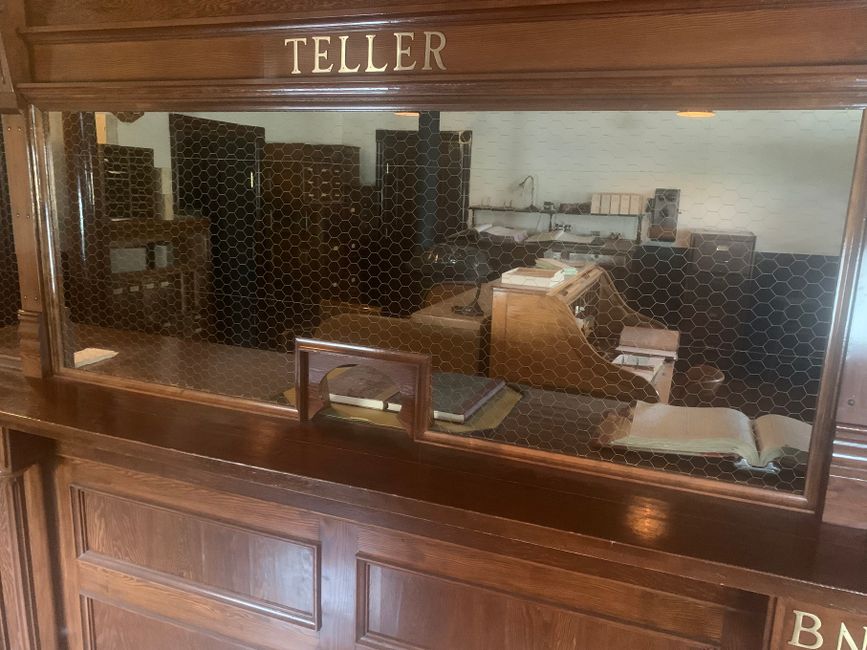
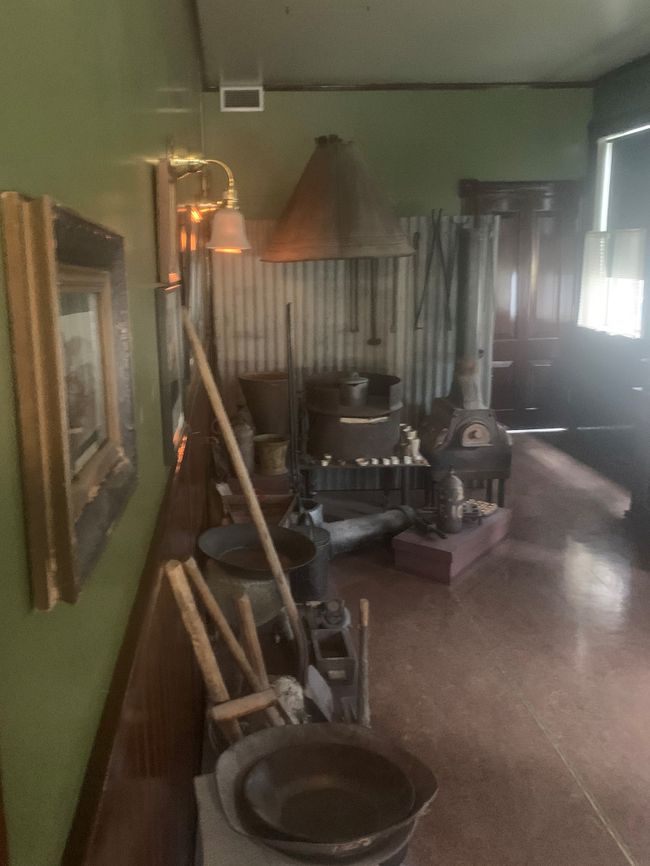
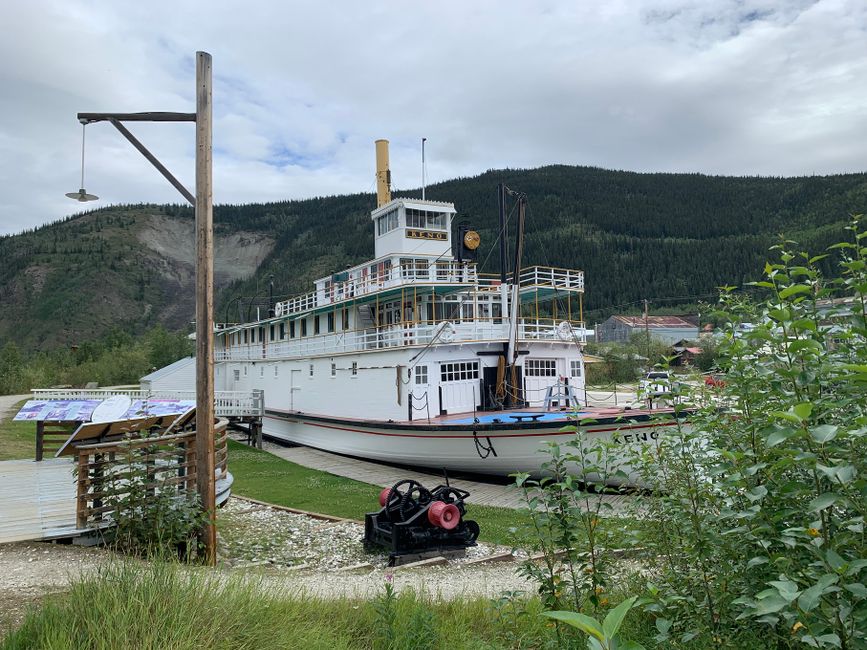
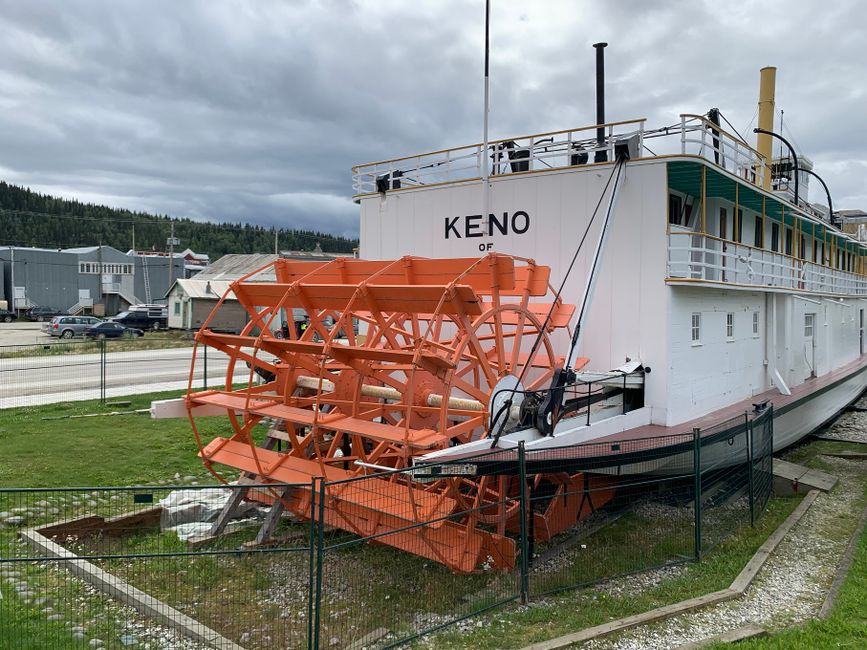
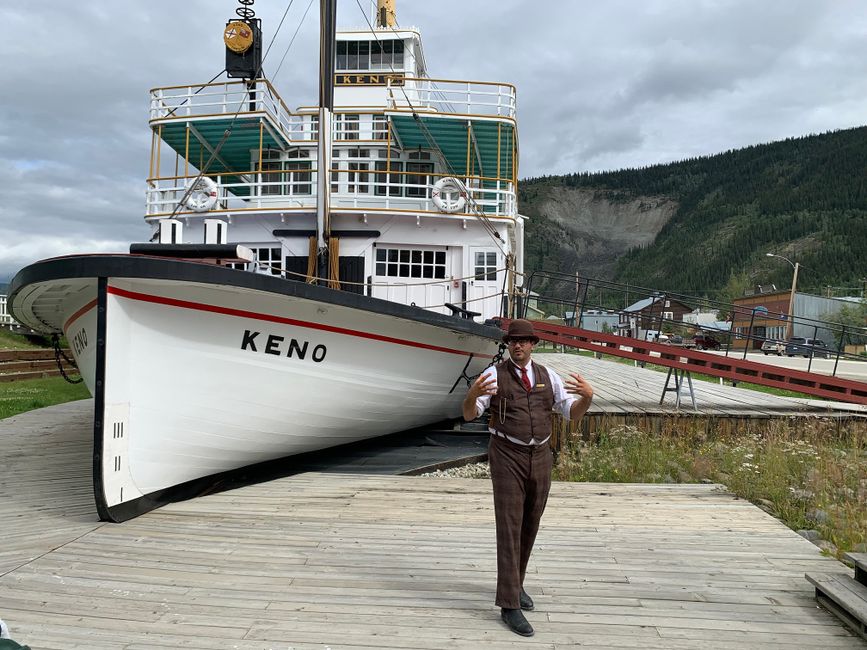
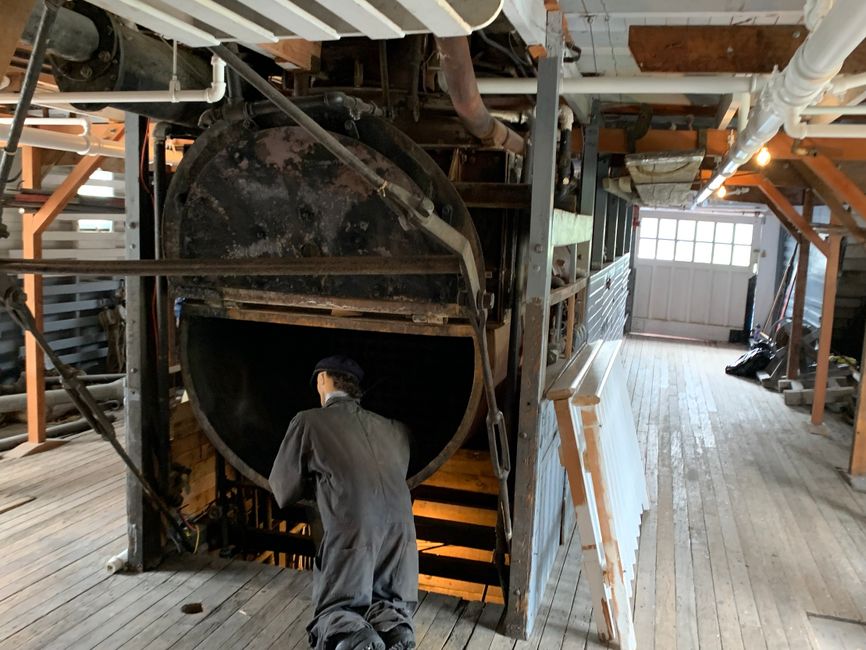
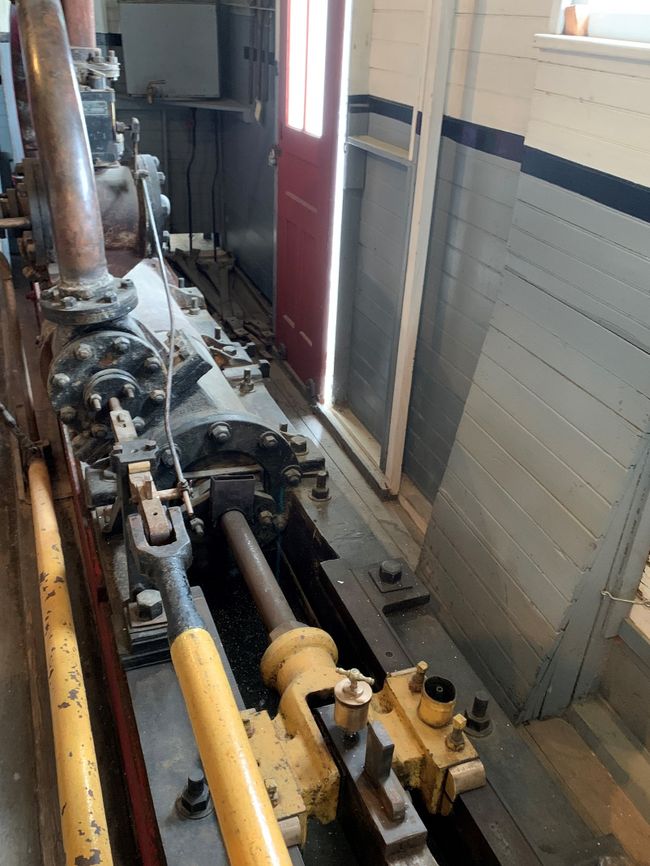
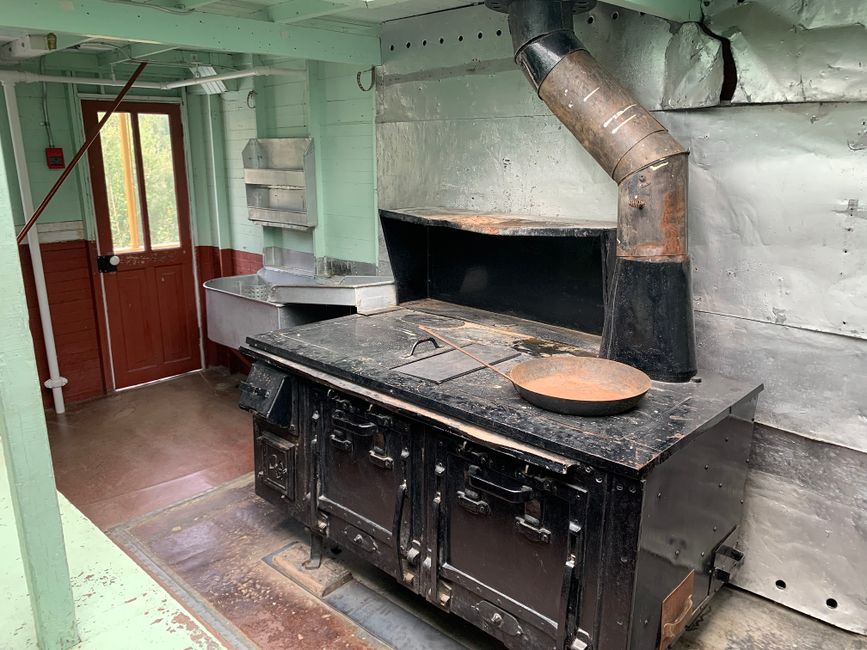
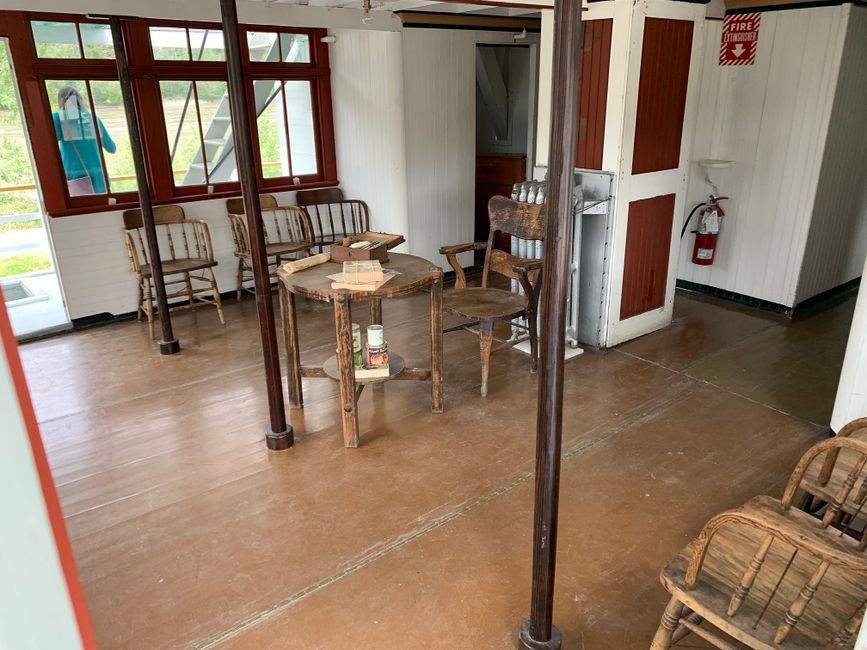
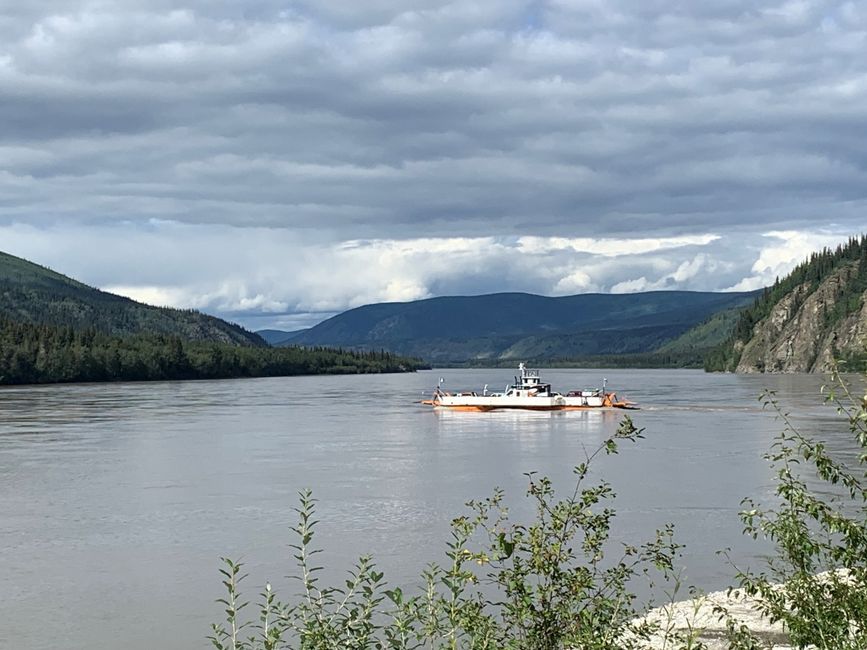
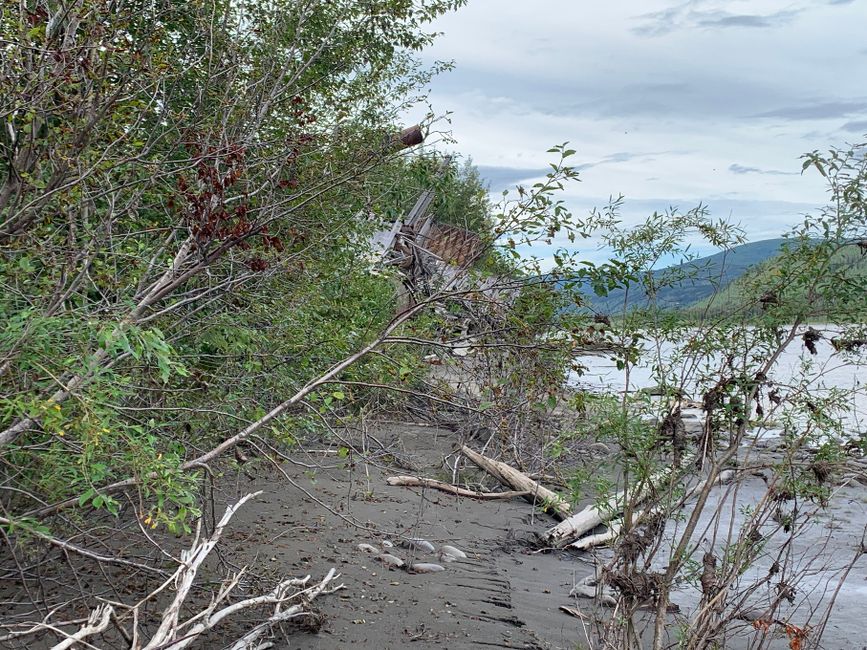
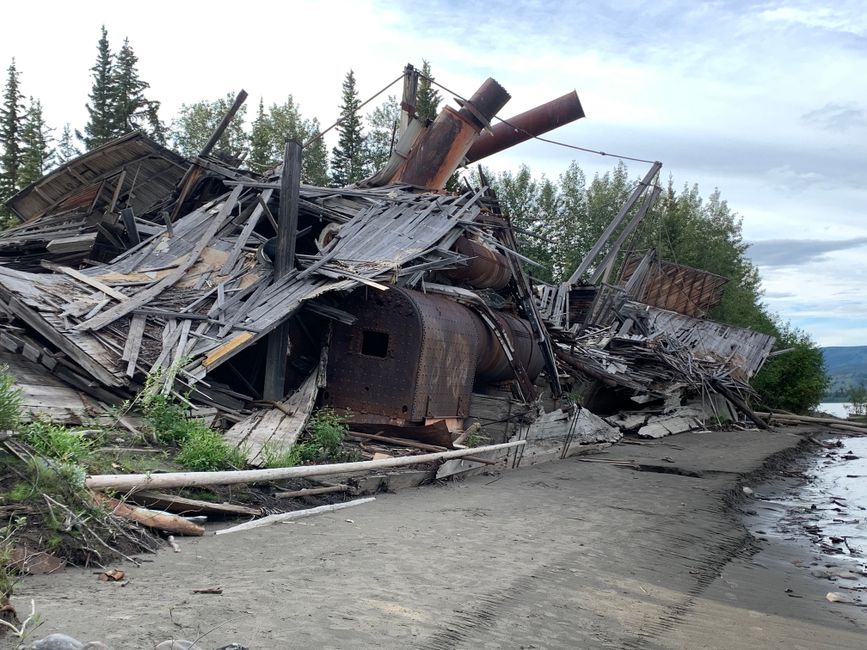
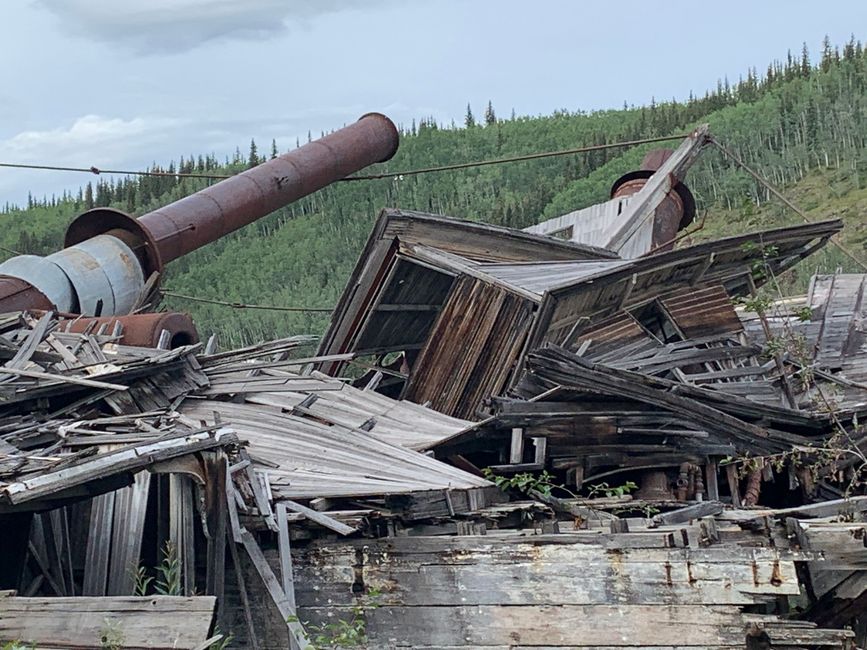
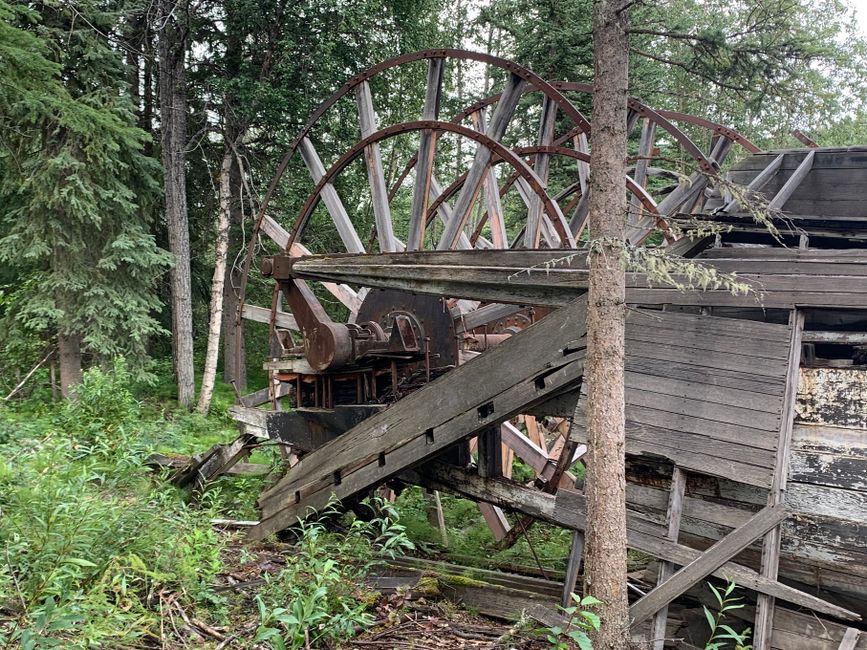
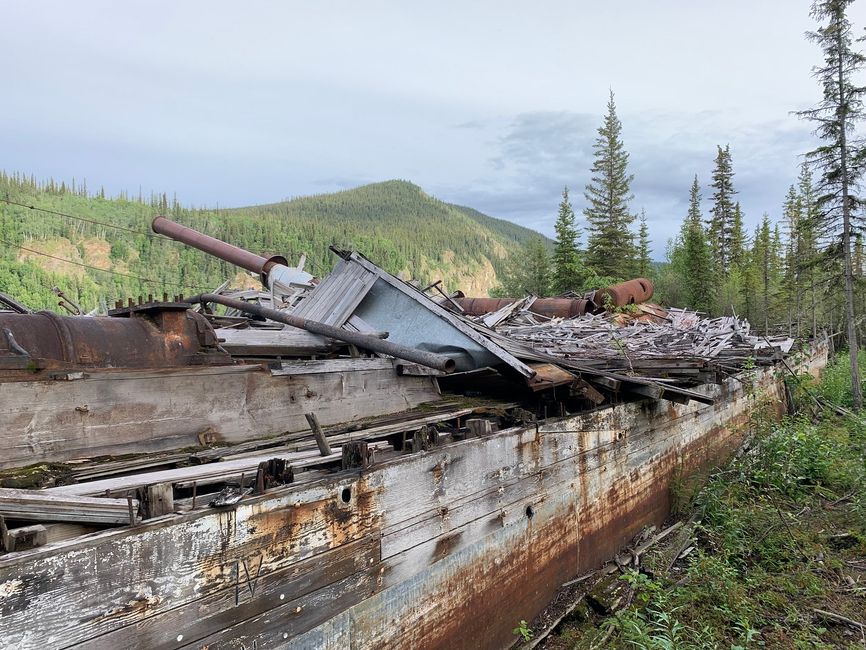
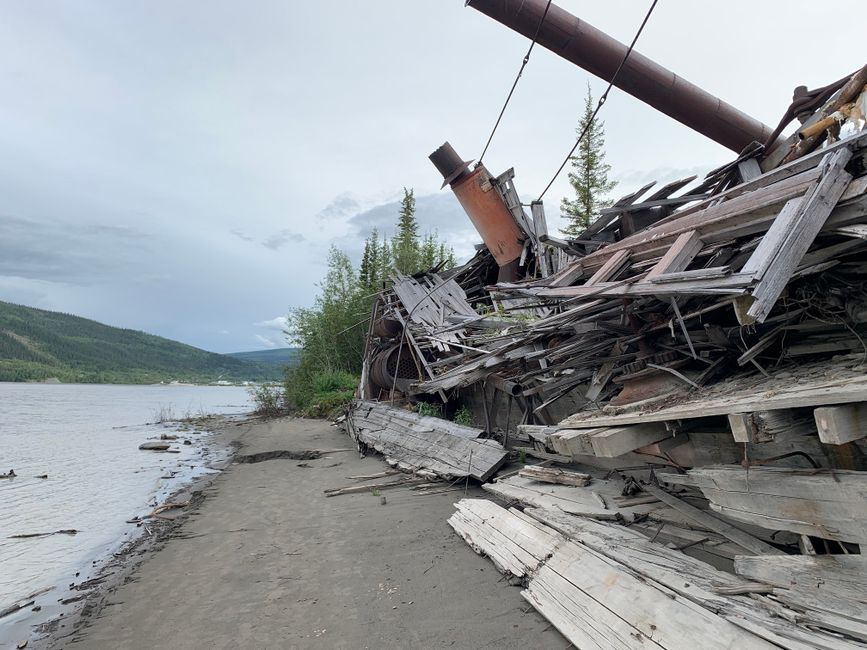
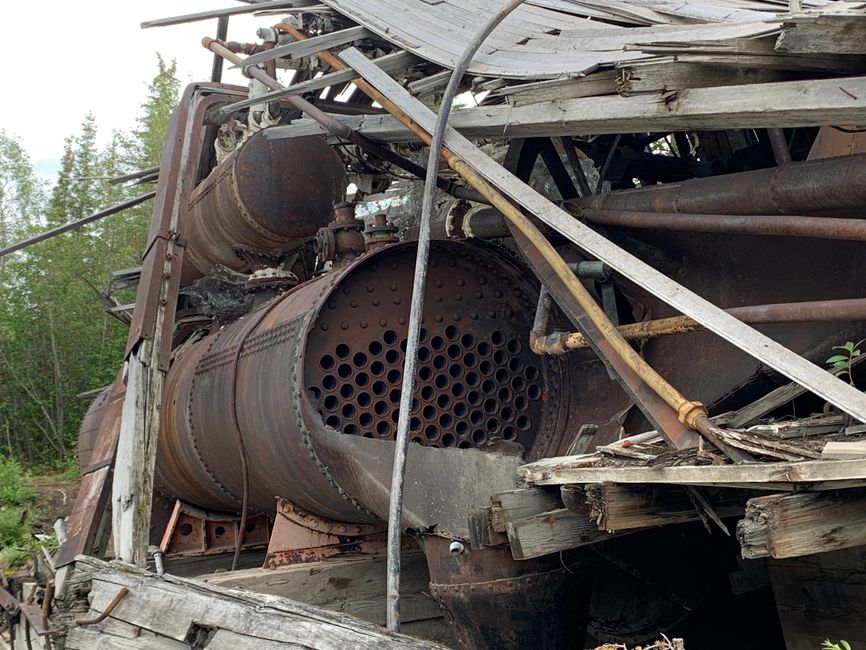
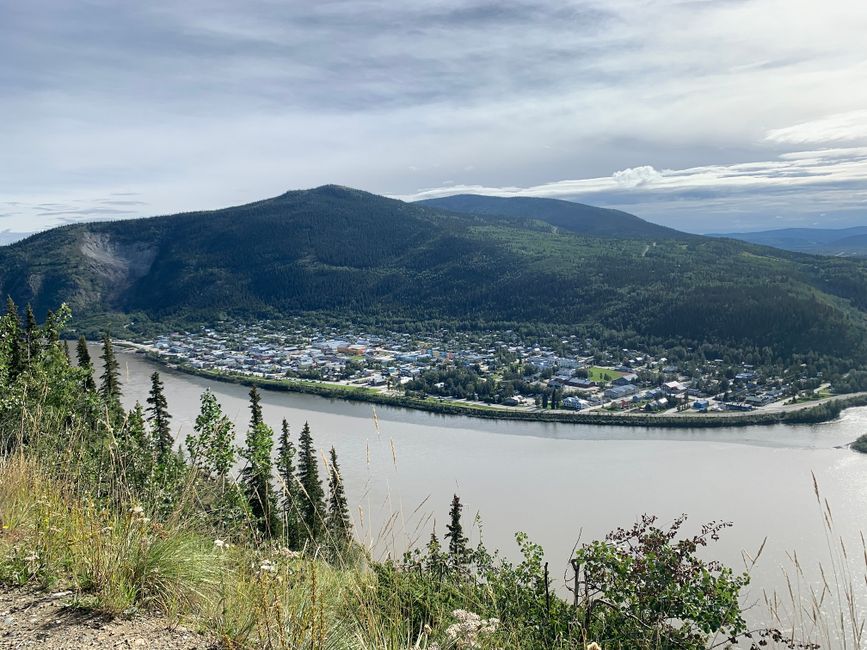
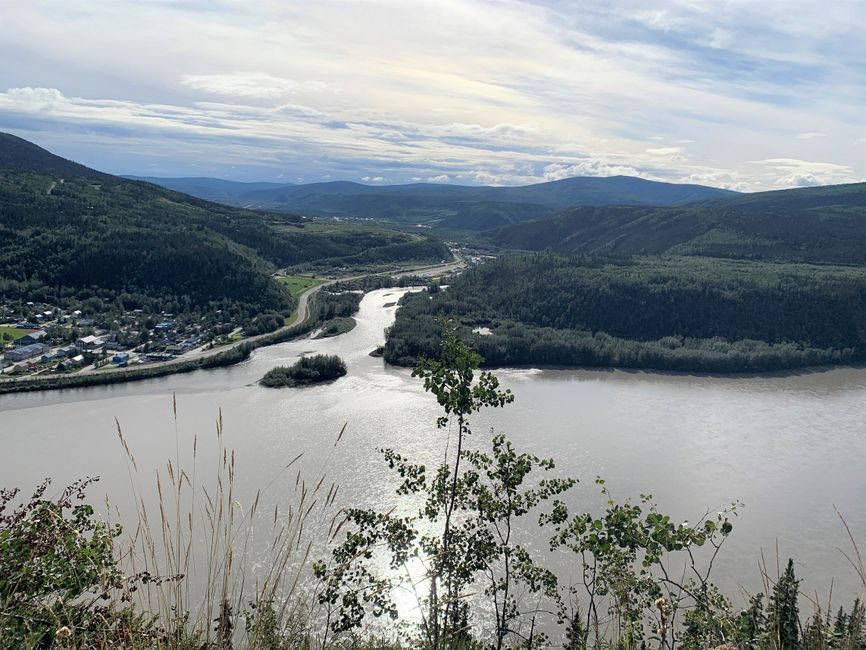
Подписаться на новостную рассылку
DAWSON CITY - Gold Rush Town
On the Klondike Highway with its many construction sites, where you have to wait patiently for the 'Pilot Car' and then follow it, we are heading towards Dawson, through virtually deserted areas. Traces of forest fires can be seen repeatedly.
On the approach to Dawson City, in the Klondike Valley, you can see the 'Tailings' from the dredges - more information on that later.
The settlement was founded in 1896 at the beginning of the legendary Klondike Gold Rush.
In 1897/98, Dawson City could only be reached on foot via the White Pass or the infamous Chilkoot Trail and then by dangerous river routes across the Yukon by raft or canoe. About 100,000 prospectors are said to have set out, mainly from Skagway. 30,000 made it to Dawson, and in total, only about 500 individuals became 'rich' through gold discoveries. In 1898, the population reached its peak with over 40,000 people. Just a year later, only 8,000 inhabitants remained, and in 1902, only 5,000. Today, there are about 1,300 people.
The first gold rush after the rich find on Bonanza Creek in 1896 led to chaotic procedures. It cost $1 to extract $2 worth of gold, leaving at least $1 in the ground. By 1899, the better claims for manual work, gold panning, were exhausted, and the gold hunters' caravan moved further down the Yukon, with Nome in Alaska becoming the new target of their hopes.
Experts and investors were aware that there was still a handsome profit to be made through industrial processing and working the less profitable claims with appropriate machinery. From 1900 onwards, the Guggenheims and others invested in consolidating the claims and the gigantic dredges, which completely ploughed up the gold-bearing soil until 1950 and destroyed nature. The 'Tailings' in the Klondike Valley above Dawson still bear witness to this today. In total, about 20 of these giants were in use around Dawson.
During our trip in 2016, we visited Bonanza Creek and Dredge No.4 (weighing 3000 tonnes and 8 floors high). These pictures are from back then.
Nowadays, Dawson City thrives on tourism and the activities of the remaining active prospectors. There are some beautifully restored buildings to see, and you can replenish your supplies here. We also visited the SS Keno, a smaller paddlewheel steamer primarily used for transporting silver, zinc, and lead ore along the Stewart River from Mayo to its mouth in the Yukon. There, the ores were transferred to the upstream-bound Yukon steamers, which would then sail almost empty to Whitehorse.
We took the free ferry across the Yukon (after a 2-hour wait). Downstream from Carmacks, there is no bridge to the mouth. Before taking another nice view of Dawson City and the mouth of the Klondike River into the Yukon from the beginning of the 'Top of the World' HWY, we visited the 'Paddlewheeler Graveyard'. Here, after the completion of the road 70 years ago, six or eight paddlewheel steamers were stranded on land - and forgotten.
DAWSON CITY - Gold Rush Town
On the Klondike Highway, with its many construction sites, where you have to wait patiently for the 'Pilot Car' and then follow it, we are heading towards Dawson, through virtually deserted areas. Traces of forest fires can be seen repeatedly.
On the approach to Dawson City, you can see the 'Tailings' from the dredges in the Klondike Valley - more information on that later.
The settlement was established in 1896 at the beginning of the legendary Klondike Gold Rush.
In 1897-98, Dawson City could only be reached on foot via the White Pass or the infamous Chilkoot Trail and then by the dangerous river route along the Yukon by raft or canoe. About 100,000 prospectors are said to have set out, mainly from Skagway. 30,000 made it to Dawson, and in total, only about 500 people became 'rich' through gold discoveries. In 1898, the population reached its peak with over 40,000 people. Just a year later, only 8,000 inhabitants remained, and in 1902, only 5,000. Today, there are about 1,300 people.
The first gold rush after the rich find on Bonanza Creek in 1896 led to chaotic operations. It cost $1 to extract $2 worth of gold, leaving at least $1 in the ground. By 1899, the better claims for manual work, gold panning, were exhausted, and the gold hunters' caravan moved further down the Yukon, with Nome in Alaska becoming the new target of their hopes.
Experts and investors were aware that there was still a handsome profit to be made through industrial 'remediation' and the processing of less lucrative claims with appropriate machinery. In 1900, the Guggenheims and others began investing in consolidating claims and the gigantic dredges that completely plowed the gold-bearing soil and destroyed nature. The 'Tailings' in the Klondike Valley above Dawson still bear witness to this today. In total, about 20 of these giants were in use around Dawson.
During our trip in 2016, we visited Bonanza Creek and Dredge No.4 (weighing 3000 tonnes and 8 floors high). These pictures are from back then.
Nowadays, Dawson City thrives on tourism and the activities of the remaining active prospectors. There are some beautifully restored buildings to see, and you can replenish your supplies here. We also visited the SS Keno, a smaller paddlewheel steamer primarily used to transport silver, zinc, and lead ore down the Stewart River from Mayo to its mouth in the Yukon. There, the ores were transferred to the upstream-bound Yukon steamers, which would then sail almost empty to Whitehorse.
We took the free ferry across the Yukon (after a 2-hour wait). Downstream from Carmacks, there is no bridge to the mouth. Before taking another nice view of Dawson City and the mouth of the Klondike River into the Yukon from the beginning of the 'Top of the World' HWY, we visited the 'Paddlewheeler Graveyard'. Here, after the completion of the road 70 years ago, six or eight paddlewheel steamers were stranded on land - and forgotten.
Подписаться на новостную рассылку
Отвечать
